The crying…the sleepless nights…the constant diaper changes…caring for a baby is a lot of work! Sadly, frustration and fatigue can push some caregivers to their limit, leading them to physically hurt their babies.
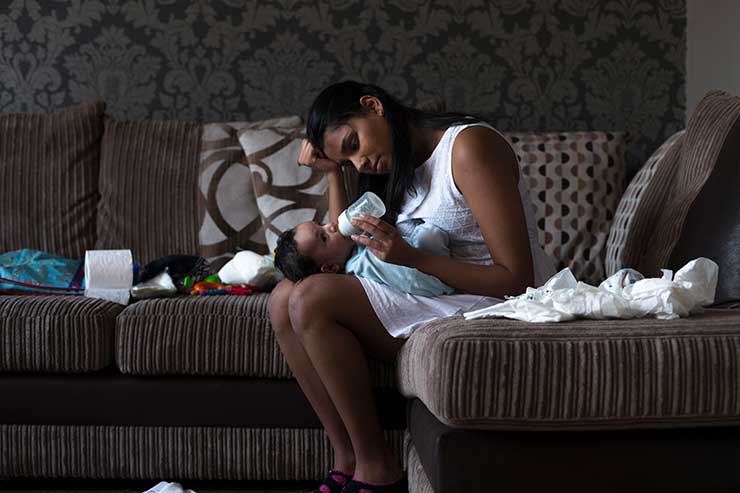


The crying…the sleepless nights…the constant diaper changes…caring for a baby is a lot of work! Sadly, frustration and fatigue can push some caregivers to their limit, leading them to physically hurt their babies.

Shaken Baby Syndrome (SBS) is the leading cause of child abuse death in the United States, with one out of four shaken babies dying as a result. Babies under the age of 1 year (especially those 2 to 4 months of age) are at greatest risk for SBS because they tend to cry often and longer than older, larger children. However, Shaken Baby Syndrome injuries have been reported in children up to age 5.
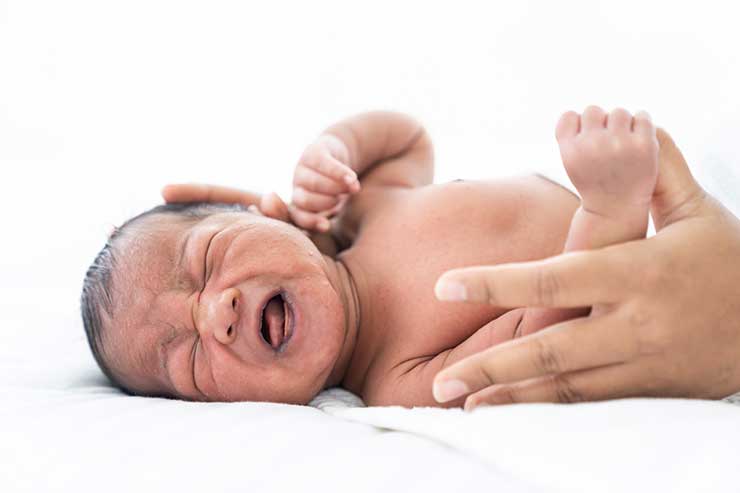
Shaking a baby in a moment of frustration can cause a lifetime of problems. Babies have heavy heads and weak neck muscles, so even a few seconds of forceful shaking can cause serious damage. When a child is shaken, the head jerks back-and-forth causing the brain to slam against the inside of the skull. This shaking can lead to many different injuries, including brain damage and even death.
| Right Away: | |||
|---|---|---|---|
| Breathing may stop or become irregular | Heart may stop | Extreme irritability | Limp arms and legs |
| Decreased level or complete loss of consciousness | Vomiting | Seizures | Pain and uncontrollable crying |
| Decreased appetite, or vomiting for no reason | Poor sucking or swallowing | Change in sleep pattern or can’t be awakened | Head or forehead appears larger than usual or soft-spot on head appears to be bulging |
| Not able to lift head | Not able to focus eyes or track movement | Unequal size of pupils | Death |
| In the Future: | |||
|---|---|---|---|
| Learning disabilities | Developmental delays | ||
| Physical disabilities | Blindness | ||
| Loss of hearing | Speech disabilities | ||
| Cerebral Palsy | Seizures | ||
| Behavior disorders | Death | ||
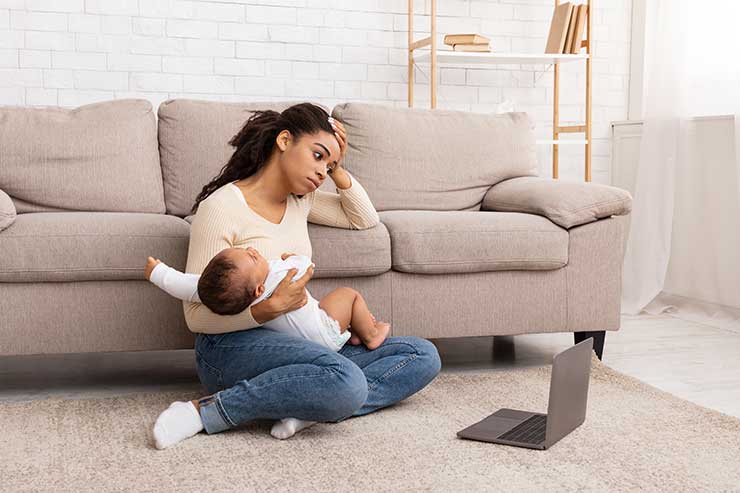
You knew your baby would cry…but you never imagined how frustrating that crying would become when you can’t get it to stop. After trying everything — with no success — to calm and comfort your baby, you may feel like you’re about to lose your cool. DON’T. Shaking, throwing, hitting, or hurting a baby in any way is NEVER okay. If the crying overwhelms you, stop, calm down, and get help.
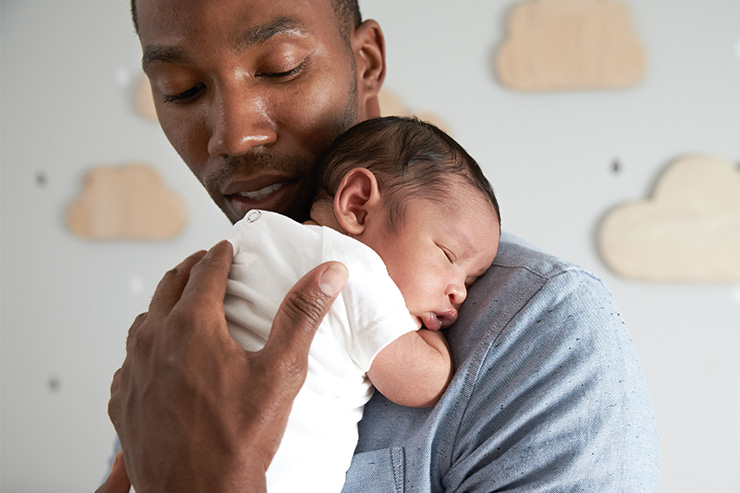
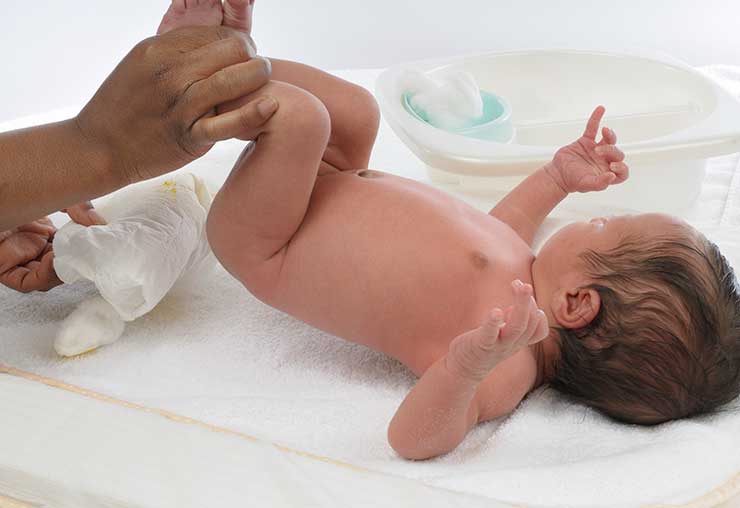

Childhelp National Child Abuse Hotline
1-800-4ACHILD
This 24-hour crisis hotline offers support, information, literature, and referrals.
Side-Lying Hold
This hold is useful when:
Cross-Cradle Hold
This hold is useful when:
Clutch or “Football” Hold
This hold is useful when:
Cradle Hold
This hold is useful when:
Laid-Back Hold
This hold is useful when: